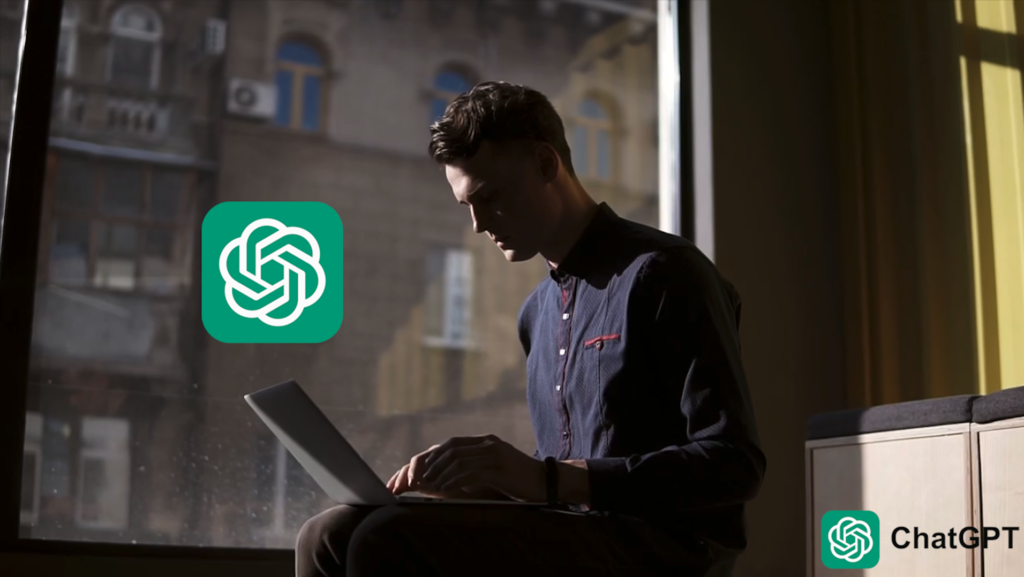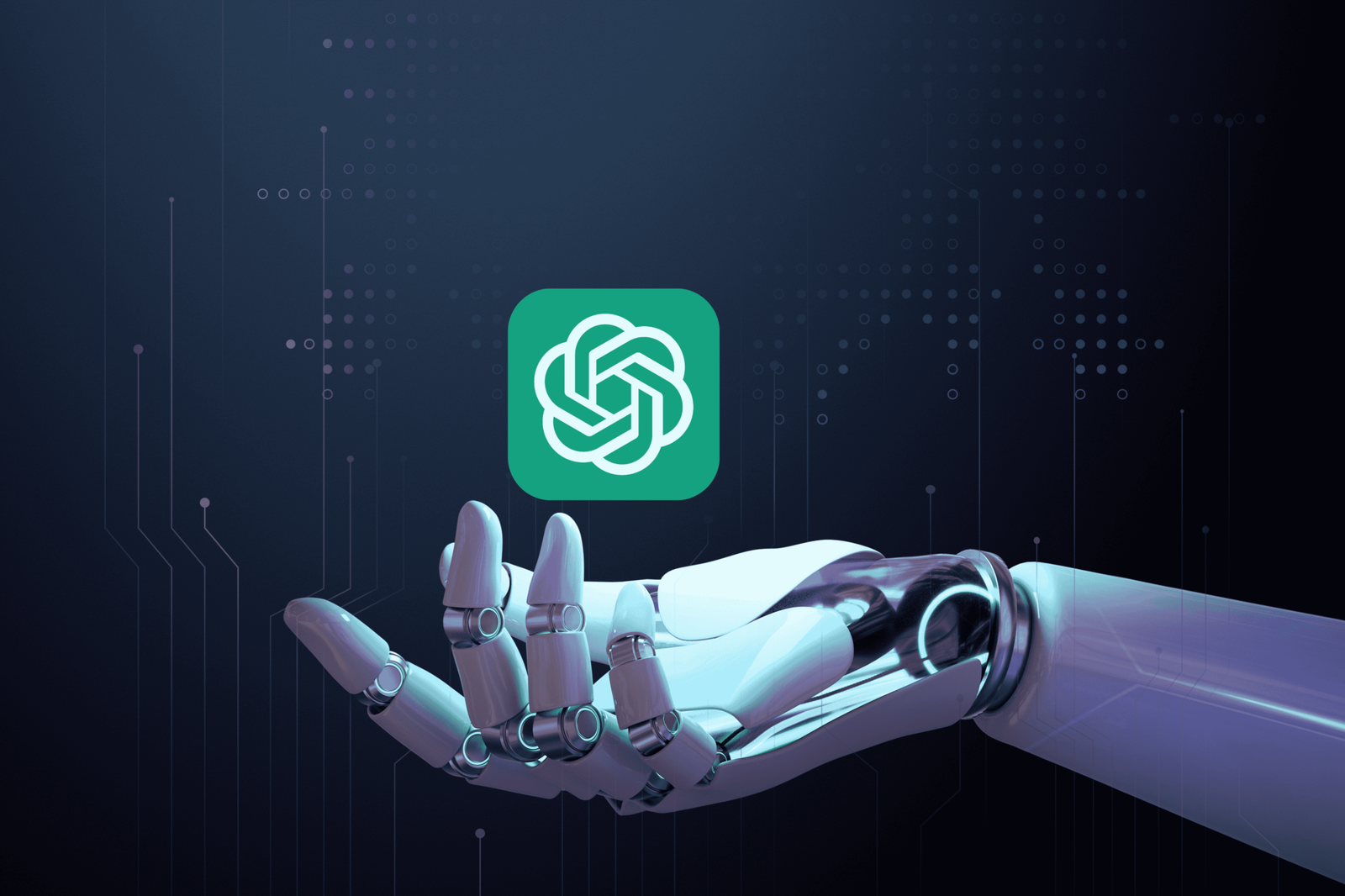With the advancement of technology, leveraging artificial intelligence (AI) has become pivotal in various industries. One such remarkable tool is the ChatGPT API, designed to facilitate natural language processing tasks. In this article, we’ll delve into understanding and effectively utilizing the ChatGPT API.
ChatGPT, a tool for content creation, is currently available for free. However, OpenAI offers additional options, including ChatGPT Plus, for a subscription fee of $20 per month. Both versions operate similarly, leveraging a vast dataset sourced from the internet to play a game akin to “finish the sentence.”
Users initiate the process by inputting a prompt, prompting the software to utilize natural language processing (NLP) to comprehend the query. With each prompt entered by users, the software undergoes a learning process, refining its abilities over time by constructing deep neural networks that emulate human cognitive functions.
The AI scours various sources, including books, manuscripts, and online content, to generate outputs such as social media captions, newsletter snippets, and blog posts. Typically, users receive results with character limitations, although this has evolved with the introduction of the subscription model.
One drawback of ChatGPT is the absence of a filter to verify the accuracy of information provided by the AI. Since the data’s origin is unknown, it may contain biases, inaccuracies, or incomplete details. For example, a user inputting their name as a prompt might receive overly flattering but exaggerated results regarding their industry contributions. Avoiding the dissemination of false or biased information, which could harm one’s reputation or integrity, is a crucial consideration when utilizing ChatGPT.
Here’s how you can get your API key:
- Sign up for an account or log in to the official OpenAI platform.
- After logging in, navigate to the API keys tab located in the left panel.
- Once you’re on the API keys page, click on the “Create new secret key” button to generate your unique API key.
- It’s essential to note that the API key will not be displayed again after creation. Therefore, make sure to copy it and store it securely in a safe location for future reference and usage.
To set up your development environment for using the ChatGPT API with Python, follow these steps:
- Create a Python virtual environment:
Before installing any libraries, it’s good practice to create a virtual environment to keep your project dependencies isolated. You can create a virtual environment using the following command:
python3 -m venv myenvReplace myenv with the desired name for your virtual environment.
- Install required libraries:
Once your virtual environment is activated, you can install the necessary libraries using pip:
pip install openai python-dotenvThis command installs the openai library for interfacing with the ChatGPT API and the python-dotenv library for securely storing your API key.
- Create a .env file:
In the root directory of your project, create a file named.env. This file will store your API key securely and should not be shared publicly. - Store your API key in the .env file:
Open the.envfile in a text editor and add the following line:
OPENAI_API_KEY="YOUR_API_KEY"Replace "YOUR_API_KEY" with the API key you obtained earlier. This key will be used by the openai library to authenticate your requests to the ChatGPT API.
By following these steps, you’ll have your development environment set up to start building applications powered by the ChatGPT API using Python and the openai-python library.
Understanding the ChatGPT API
What is an API?
Before diving into specifics, let’s grasp the concept of an API. An API, or Application Programming Interface, serves as an intermediary that allows different software applications to communicate and interact with each other.
What is ChatGPT API?
ChatGPT API is a sophisticated AI-powered tool developed by OpenAI. It enables users to integrate the capabilities of GPT (Generative Pre-trained Transformer) models into their applications seamlessly.
Getting Started with ChatGPT API
To begin utilizing the ChatGPT API, users need to sign up and obtain an API key. This key is essential for authentication and accessing the API’s functionalities securely.
The authentication process typically involves providing the API key with each API request, ensuring that only authorized users can access the service.
Using ChatGPT API for Text Generation
Once authenticated, users can leverage the ChatGPT API for text generation tasks. It accepts input text in a specified format and produces coherent and contextually relevant output text.
The input text format may vary based on the desired outcome, while the output text adheres to the provided input and context.
Implementing ChatGPT API in Various Applications
The versatility of ChatGPT API allows its integration into diverse applications. Whether it’s content generation, customer service automation, or chatbot development, ChatGPT API proves to be a valuable asset.
Best Practices for Optimizing ChatGPT API Usage
To maximize the benefits of ChatGPT API, adhering to best practices is crucial. Proper input formatting, efficient handling of output responses, and continuous monitoring are essential for optimal performance.
Advantages of ChatGPT API
The ChatGPT API offers several advantages, including:
- Efficiency: It streamlines text generation tasks, saving time and resources.
- Versatility: Its adaptability makes it suitable for various use cases and industries.
- Customization: Users can fine-tune the API’s parameters to meet specific requirements.
Limitations and Considerations
Despite its capabilities, users should be aware of certain limitations and considerations. These may include API usage limits, which can affect the frequency and volume of requests, as well as considerations regarding accuracy and reliability.
The OpenAI API boasts powerful models like GPT-3.5 Turbo, GPT-4, and GPT-4 Turbo, which are utilized by ChatGPT. These models excel in comprehending and generating natural language text and code. Notably, GPT-4 Turbo extends its capabilities to processing image inputs, enabling various applications such as image analysis, document parsing with figures, and text transcription from images.
It’s important to understand that the term “ChatGPT API” encompasses OpenAI APIs employing GPT-based models, including gpt-3.5-turbo, gpt-4, and gpt-4-turbo.
While the ChatGPT API is primarily optimized for chat functionalities, it also demonstrates effectiveness in text completion tasks. Whether the objective is generating code, language translation, or drafting documents, this versatile API is up to the task.
Access to the GPT-4 API necessitates a successful payment of at least $1. Failure to fulfill this payment requirement may result in an error message such as “The model gpt-4 does not exist or you do not have access to it.”
To configure the chat model for an API call, follow this example:
from openai import OpenAI
from dotenv import load_dotenv
# Load environment variables from .env file
load_dotenv()
# Create OpenAI client instance
client = OpenAI()
# Make API call to generate chat completions
response = client.chat.completions.create(
model="gpt-3.5-turbo-0125",
temperature=0.8,
max_tokens=3000,
response_format={"type": "json_object"},
messages=[
{"role": "system", "content": "You are a funny comedian who tells dad jokes. The output should be in JSON format."},
{"role": "user", "content": "Write a dad joke related to numbers."},
{"role": "assistant", "content": "Q: How do you make 7 even? A: Take away the s."},
{"role": "user", "content": "Write one related to programmers."}
]
)
Conclusion
In conclusion, the ChatGPT API emerges as a powerful tool for text generation and natural language processing tasks. By understanding its functionalities and implementing best practices, users can harness its potential to enhance their applications and streamline processes effectively.
FAQs
- Is the ChatGPT API free to use?
- No, while there may be a free tier with limited functionality, accessing the full capabilities of the API typically requires a subscription or payment plan.
- Can I integrate ChatGPT API into my mobile application?
- Yes, the ChatGPT API is designed to be platform-agnostic, allowing integration into various applications, including mobile apps.
- Are there any language restrictions when using ChatGPT API?
- ChatGPT API supports multiple languages, but its performance may vary based on the language and context of the input text.
- How can I report issues or provide feedback regarding the ChatGPT API?
- Users can typically contact the support team or utilize the provided feedback channels to report issues or provide feedback on the API’s performance.
- Can I train my own models using ChatGPT API?
- While ChatGPT API provides pre-trained models, users typically cannot train custom models using the API directly. However, they can fine-tune existing models based on their specific datasets and requirements.












